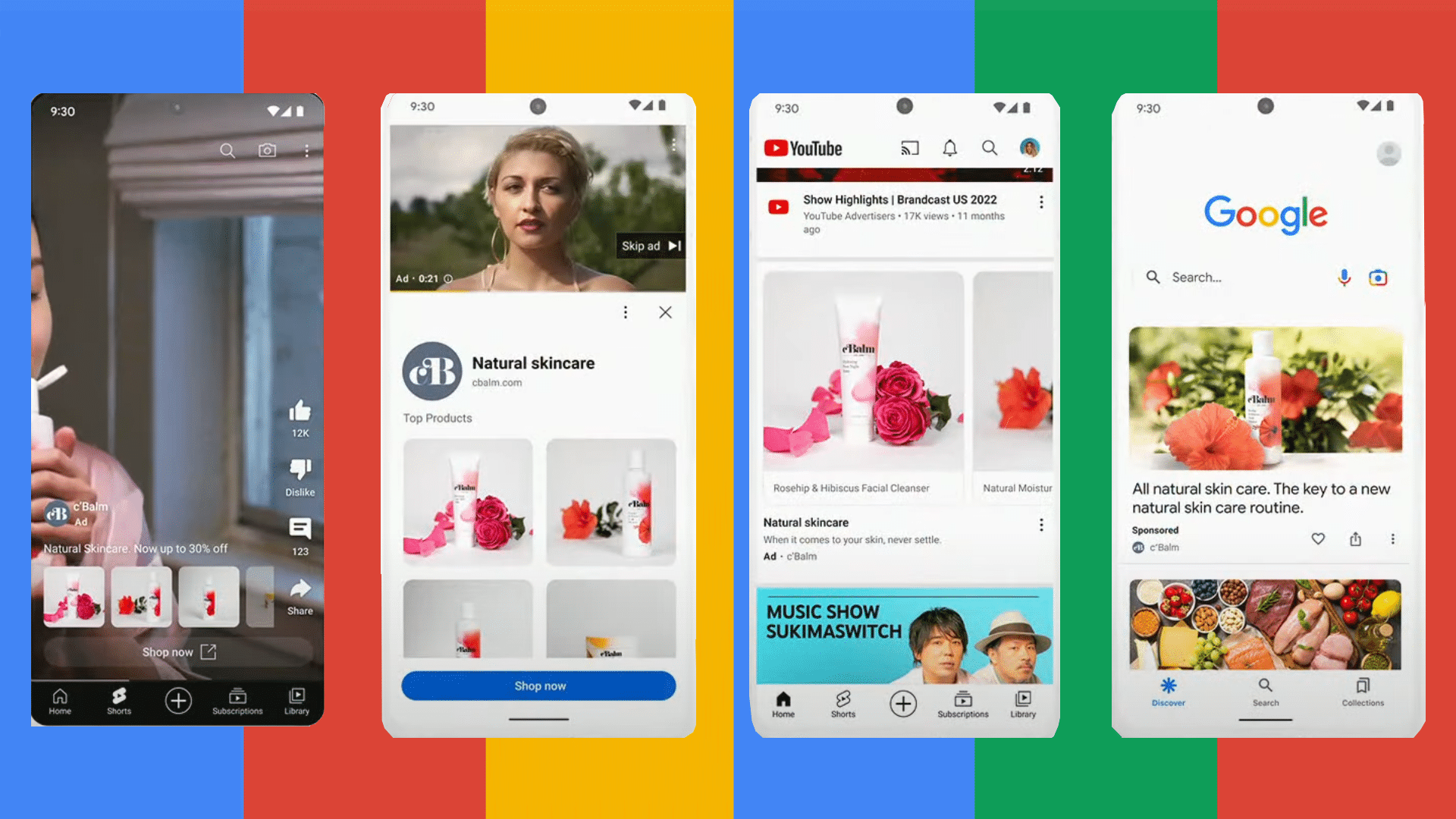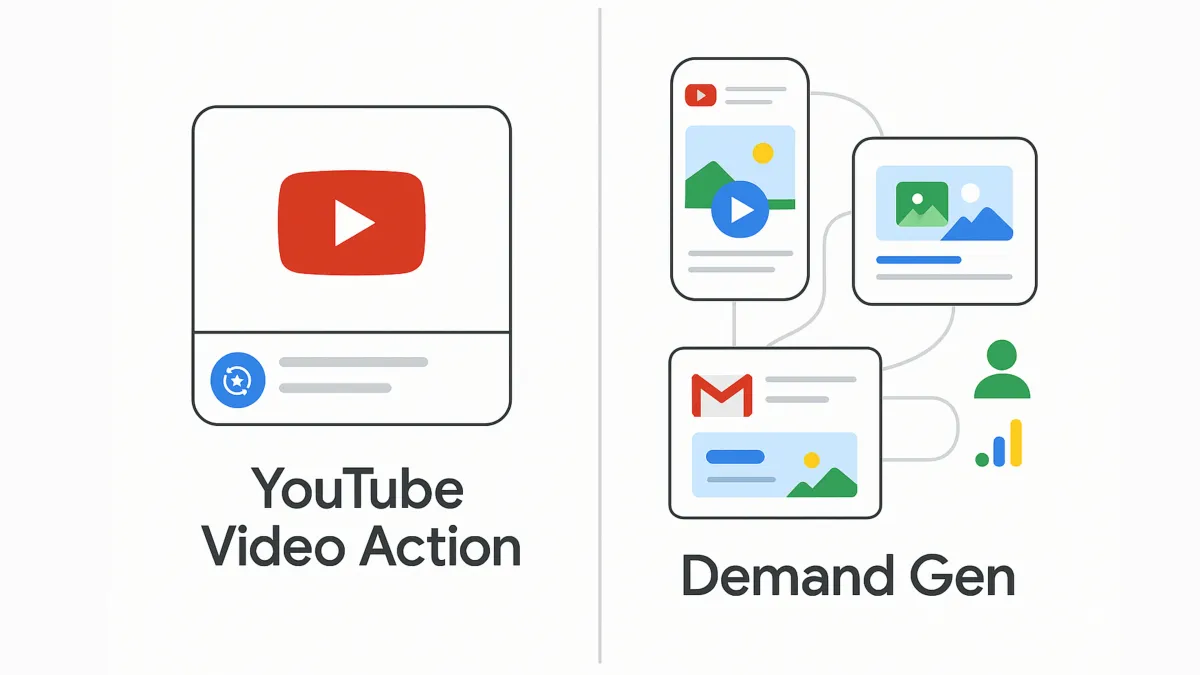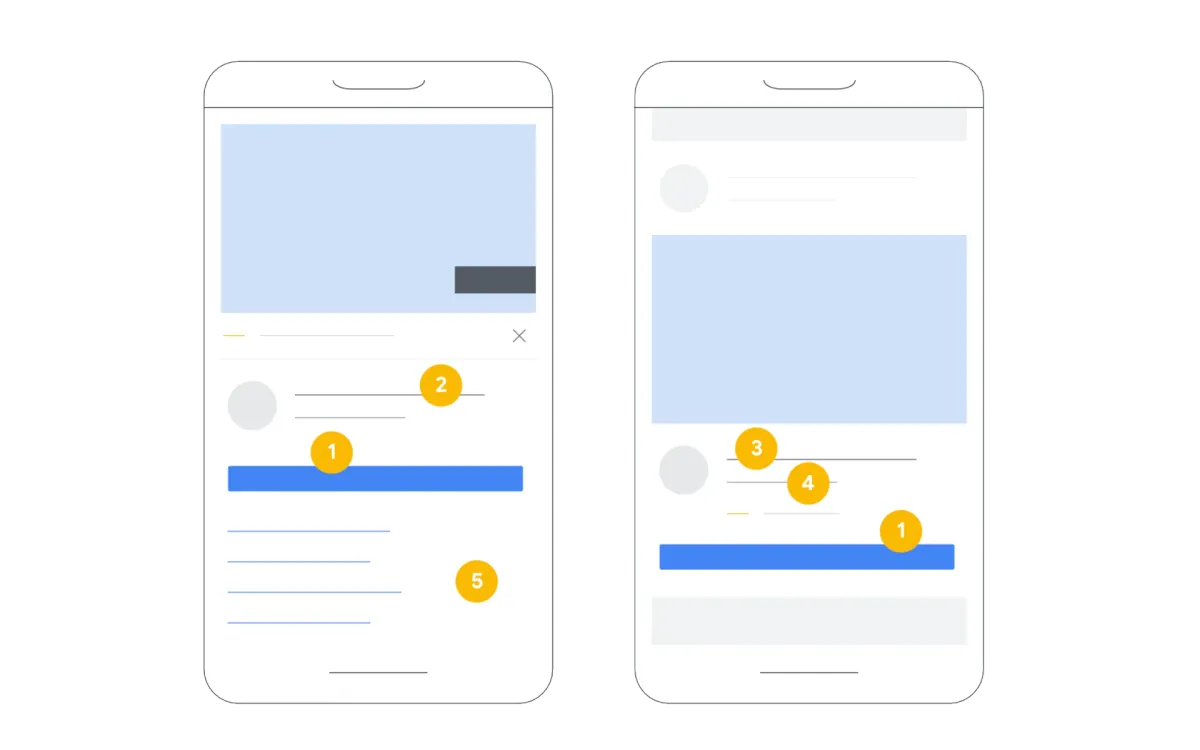In 2025, YouTube Ads are undergoing a major transformation as Google is phasing out Video Action Campaigns (VACs) and transitioning all advertisers to Demand Gen Campaigns. This change is mandatory and represents a fundamental shift in YouTube advertising, combining multiple ad formats into a single, more versatile campaign type that spans YouTube, Discover, Gmail, and the Google Display Network.
Key points about this transition include:
-
Timeline:
- By March-April 2025, the option to create new Video Action Campaigns will be removed.
- Starting mid-2025 (around July), all existing VACs will be automatically upgraded to Demand Gen campaigns by Google.
-
Capabilities:
- Demand Gen campaigns allow advertisers to precisely control where ads appear across multiple Google surfaces, including YouTube, Discover, Gmail, and the Display Network.
- They support expanded ad formats, including video and image ads, enabling a multi-format strategy that can increase conversions by about 20% compared to video-only campaigns.
- This transition is not just a rebrand but a "fundamental transformation" with new features that can improve ad performance if advertisers adapt properly.
-
Why it matters:
- Advertisers who prepare and leverage Demand Gen’s new capabilities can gain a competitive advantage and potentially see more profitable results.
- Ignoring the change or delaying adaptation could hurt campaign effectiveness and revenue opportunities.
Additional related changes in YouTube advertising in 2025 include:
- Introduction of pause ads on TV devices, longer unskippable ads (up to 30 seconds), and interactive QR codes/shoppable clips to boost engagement, though some of these changes have drawn viewer criticism.
- Improvements to mid-roll ad placement starting May 12, 2025, to show ads at more natural break points, enhancing viewer experience and creator revenue.
Overall, the 2025 YouTube Ads update centers on the mandatory migration from Video Action Campaigns to Demand Gen Campaigns, which offer expanded targeting, ad format options, and cross-platform reach, marking the biggest change in YouTube advertising history. Advertisers should start transitioning now to optimize their campaigns for this new era.





